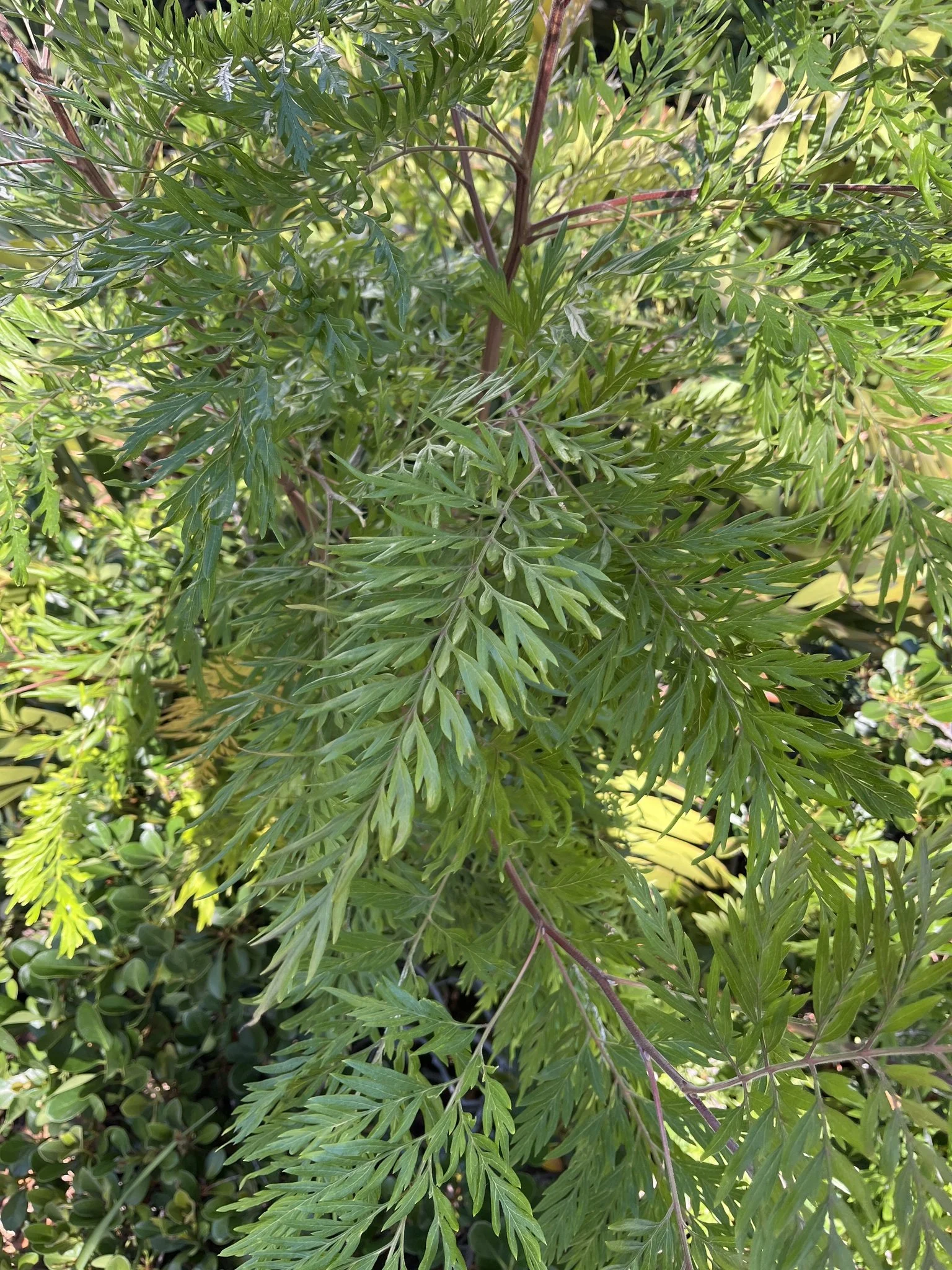by Shane Sody
In recent weeks, your eyes might have been drawn to these distinctive yellow-orange toothbrush-shaped blossoms in the tree canopy in one or more parts of your Adelaide Park Lands.
If so, you’ve noticed the largest tree in the Grevillea family: the Silky Oak: Grevillea robusta.
This evergreen tree is native to the coast and riverine rainforests of south-eastern Queensland and north-eastern New South Wales. However it has been introduced not only in other States, but also in many other countries around the world, in the tropics and subtropics, as a shade tree and in agroforestry, valued for its timber.
In some places, such as Hawaii, Mauritius, and Brazil, it has become invasive, out-competing native vegetation.
Silky oaks draw attention to themselves in spring and early summer, with these yellow-orange tooth-brush shaped flowers:
Pic: @suelewis3071
Beautiful but poisonous
The blooms are high in nectar and therefore very attractive to birds and insects.
The British Royal Botanical Gardens characterises the Silky Oak as Silky oak as “one of the finest flowering trees from Australia.” However it also reports that “the leaves are poisonous and can cause skin irritation. Cases of severe dermatitis are rare, but have been reported.”
A silky oak on the North Adelaide golf course in Possum Park / Pirltawardli (Park 1 of your Adelaide Park Lands). Pic: Shane Sody
How to recognise it
The silky oak is unlike any other Grevilleas simply because it’s a tree. Most of the other Grevillea species, with similar-shaped flowers, are shrubs.
It’s a single-trunk tree, commonly 8 to 20 metres tall, but can grow up to 40 metres in favourable habitat. In spring, its unmistakable bright yellow-orange toothbrush flowers are in conspicuous clusters.
When not in flower, it can be distinguished from other superficially similar trees because of its very large pinnate or fern-like leaves, up to 30 centimetres long, that are leathery in texture.
A Silky Oak in Hindmarsh Square /Mukata sculpture playground. Pic: @binverted iNaturalist. Creative Commons licence
Sightings in your Park Lands
Citizen scientists reporting observations on iNaturalist and APA’s Trail Guides have identified Silky Oak specimens in:
There may be others, unreported! The height of the tree means blooms and foliage are often high above ground level.
A silky oak on the North Adelaide golf course in Possum Park / Pirltawardli (Park 1 of your Adelaide Park Lands). Pic: Shane Sody
A Silky Oak, pictured in April, on the banks of the River Torrens / Karrawirra Pari in Bonython Park / Tulya Wardli (Park 27) without its characteristic yellow spring blooms. Pic: ketlin_volcov iNaturalist. Creative Commons licence
Want to know more about the plants in your Park Lands? Head over to iNaturalist, where you can record, share, and discuss your findings with fellow naturalists.
See the other plants featured in this series here: https://www.adelaide-parklands.asn.au/know-your-park-lands-plants








